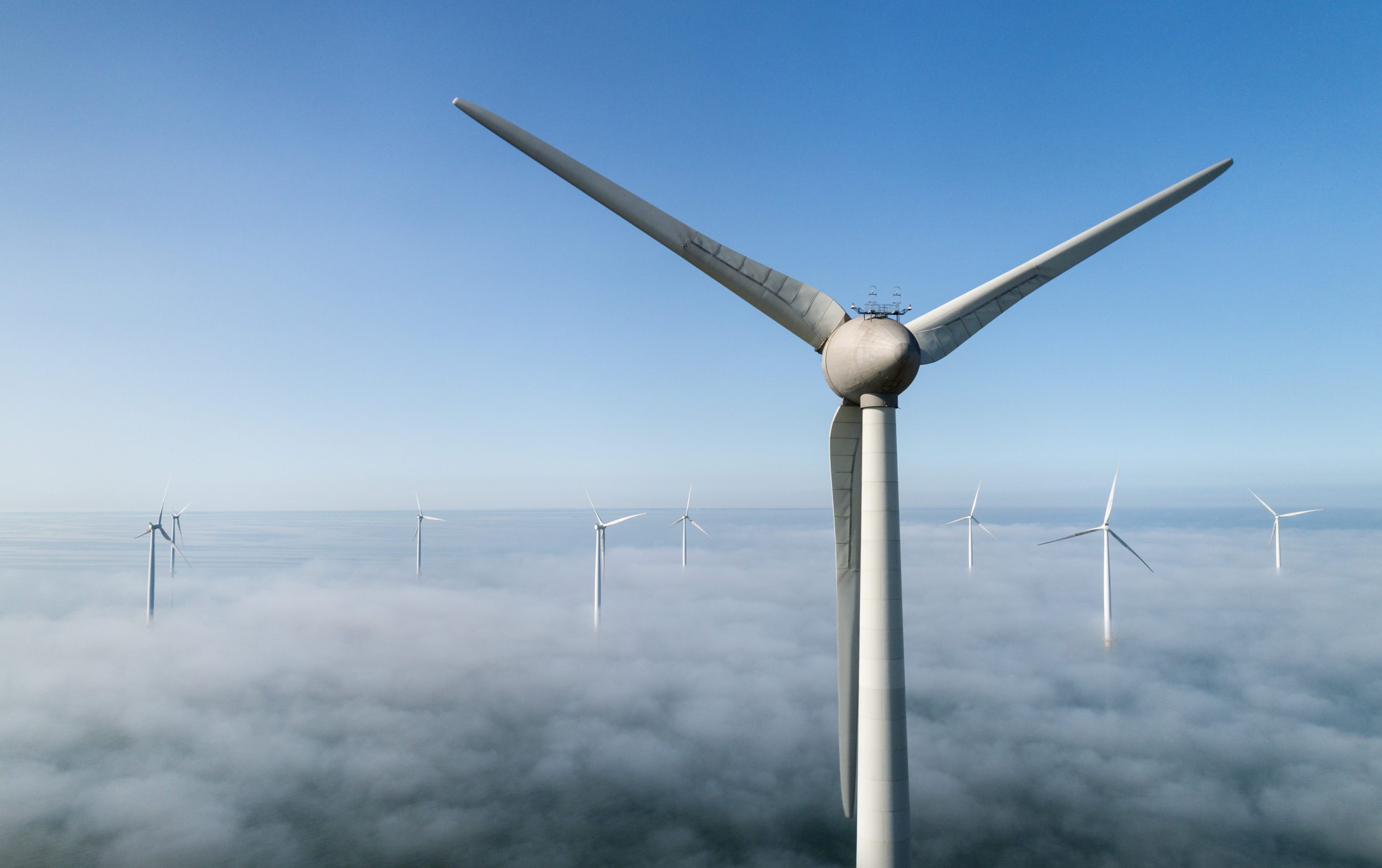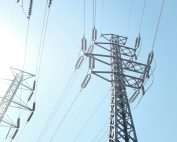The necessity to prevent the effects of frozen sea surface will drive up costs of building offshore wind turbines in the Baltic Sea, according to Lauri Ulm, head of wind developments at Enefit Green, renewable unit of the Estonian power company Eesti Energia.
As the Baltic Sea can freeze over in winter, wind farms will need stronger foundations and additional groundwork to avoid potential damage, Ulm told the ERR radio news as quoted by the ERR website on March 11.
In the case of plotted wind farm at the Gulf of Riga, Enefit carried out special measurements using sound device to check how ice is forming in the gulf.
“In this way, we can model very well how sea ice acts in the Gulf, and decide what technical solution might be used, to allow the best functioning,” Ulm noted.
Not only icy sea surface, but also freezing weather outside may generate additional operational costs, as it can affect blades of a turbine. To tackle the problem, Enefit Green is installing heated blades which can melt ice on the Tolpanvaara wind farm off the coast of Finland.
Still, the Baltic Sea is less challenging than the North Sea, as it is not so deep and less saline. Moreover, wind farms can be located relatively close to shore, which makes maintenance easier and less expensive.
Therefore, Estonian wind farms on the Baltic Sea “can be competitive if done right,” according to Enefit Green’s head of wind energy.
BalticWind.eu














